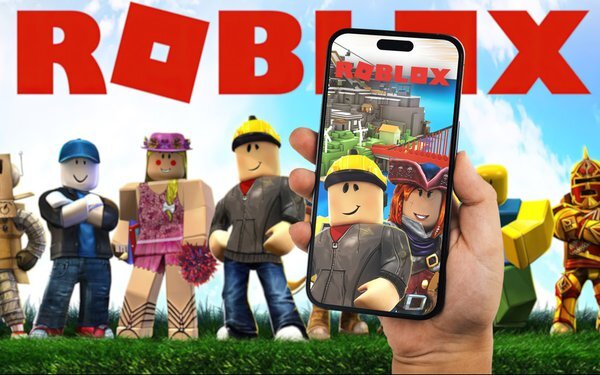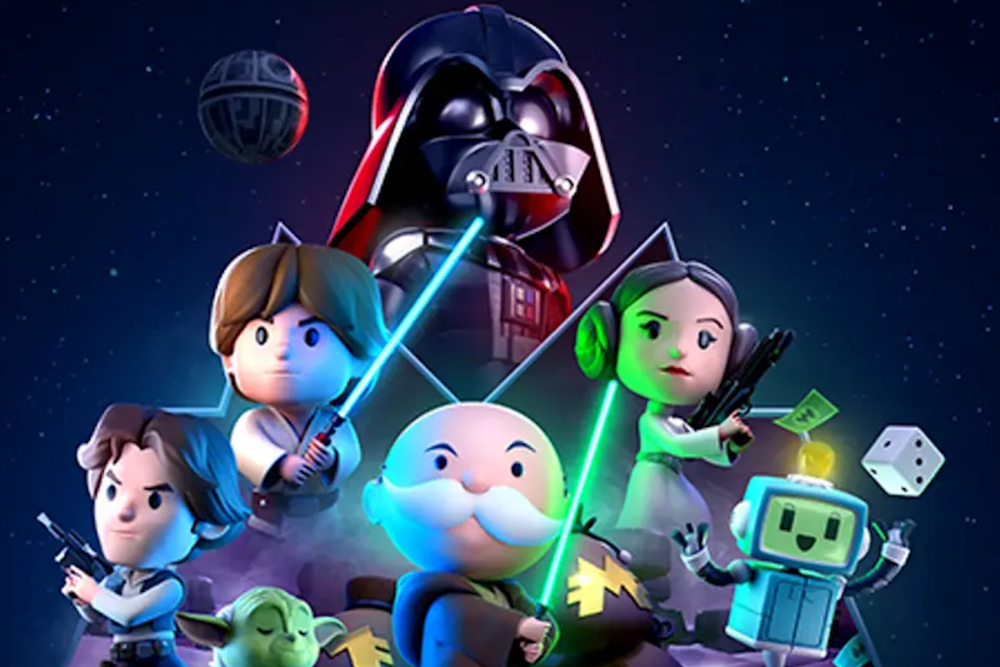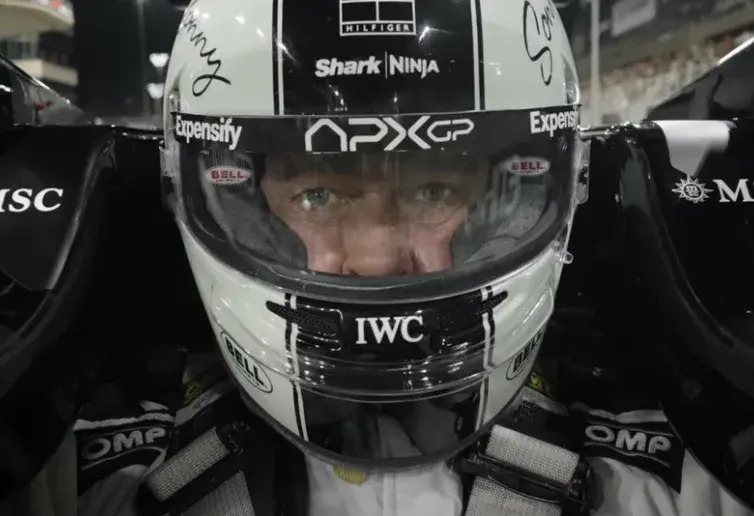- The 10 Things Newsletter
- Posts
- Google Buys a $100 Million Stake in Gentle Monster
Google Buys a $100 Million Stake in Gentle Monster
Plus: Why is Apple is Delivering F1 Movie Ads via Apple Wallet?

Hey there—Ryan here in sunny LA ☀️. Here’s what I’m tracking today across entertainment, tech, and marketing:
Roblox is revamping creator payouts to reward real engagement and acquisition, not just time logged. Combined with its beefed-up infrastructure—capable of handling 30M+ concurrent users—it’s clear Roblox is serious about scaling creator-led hits into platform-defining events.
Love Island USA is racking up record viewership, but what’s really new is how the producers are managing fan intensity in real time. From social callouts to on-air reminders, the franchise is learning how to harness (and moderate) a hyper-engaged mobile audience without losing the heat.
And yes, Apple pushed a movie ad through the Wallet app—and users noticed. Whether it’s an overreach or a preview of how deep its ecosystem will go, one thing’s clear: Apple isn’t just distributing content anymore, it’s driving conversions on its own turf.
Let’s get into it. 👇
Thanks for reading! Enjoyed this edition? Share it with a friend or colleague!
Was this forwarded to you? Sign up here to receive future editions directly in your inbox.
Support the Newsletter: If you’d like to support my work, consider contributing via Buy Me a Coffee.
Stay Connected: For more insights and updates, visit my website or follow me on LinkedIn, YouTube, and TikTok.
Work with Me: Interested in partnering with me on sponsored content, consulting/advising, or speaking and workshops? Get in touch here.
How was today's newsletter?Feedback helps me improve! |









